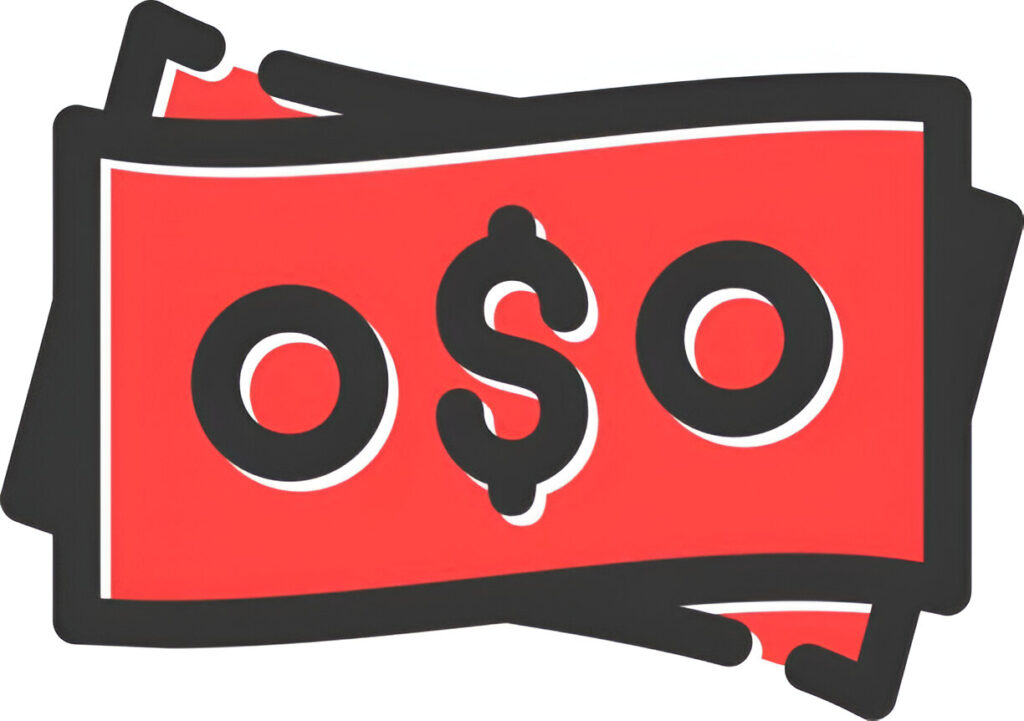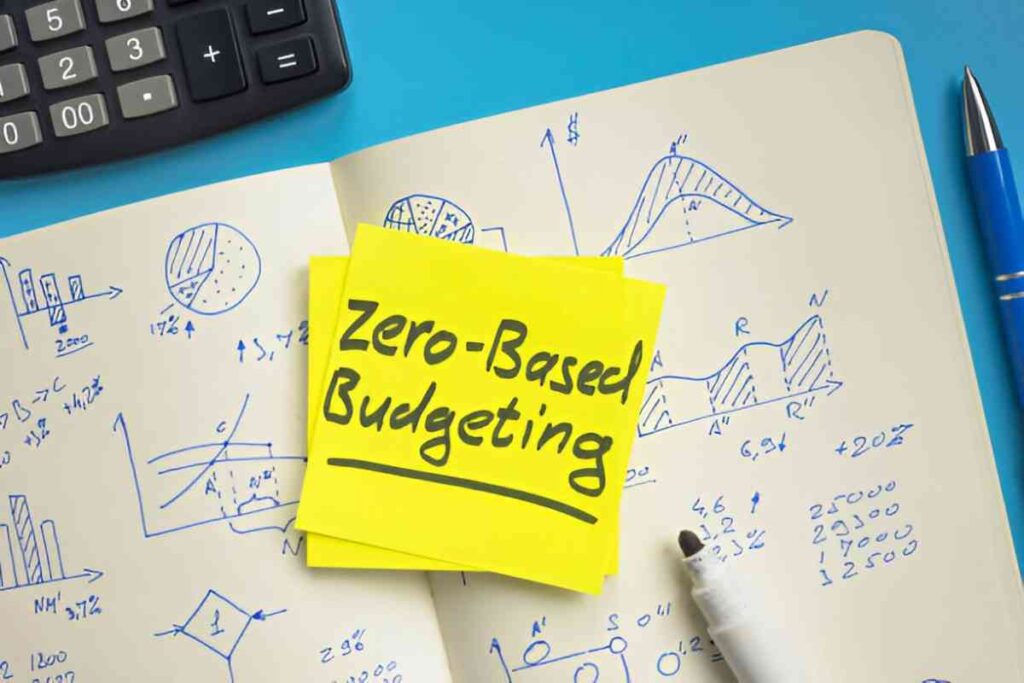As someone who has spent years analyzing corporate finance strategies, I find share repurchases—often called “own shares purchase”—one of the most intriguing yet misunderstood concepts in finance. Companies buy back their own shares for various reasons, from boosting earnings per share (EPS) to signaling confidence in their stock. In this guide, I break down the mechanics, benefits, risks, and real-world implications of share repurchases.
Table of Contents
What Are Own Shares Purchases?
When a company buys back its own shares from the open market or directly from shareholders, it reduces the number of outstanding shares. These repurchased shares become treasury stock, which the company can reissue, retire, or hold for future use. Unlike dividends, which distribute cash directly to shareholders, buybacks return value by increasing ownership stakes for remaining investors.
Key Terms to Know
- Treasury Stock: Repurchased shares held by the company.
- Outstanding Shares: Shares currently held by investors, excluding treasury stock.
- EPS (Earnings Per Share): Net income divided by outstanding shares, a critical profitability metric.
Why Companies Repurchase Shares
1. Enhancing Shareholder Value
Reducing the number of outstanding shares increases EPS, making the stock appear more attractive. The formula for EPS is:
EPS = \frac{Net\ Income}{Outstanding\ Shares}If a company with a net income of $10 million and 5 million outstanding shares repurchases 1 million shares, the new EPS becomes:
EPS_{new} = \frac{\$10,000,000}{4,000,000} = \$2.50Compared to the original EPS of $2.00, this 25% increase can drive investor interest.
2. Signaling Undervaluation
When management believes the stock is undervalued, buybacks signal confidence. If executives think the intrinsic value exceeds the market price, repurchases can be a strategic move.
3. Tax Efficiency
Unlike dividends, which are taxed in the year received, buybacks defer taxes until shareholders sell their appreciated stock, often at lower capital gains rates.
4. Offsetting Dilution
Companies issuing employee stock options (ESOPs) often repurchase shares to prevent dilution. Without buybacks, new shares from exercised options would reduce existing shareholders’ stakes.
Methods of Share Repurchases
1. Open Market Purchases
The most common method, where companies buy shares gradually over time, often without significantly impacting the stock price.
2. Tender Offers
A company offers to buy shares at a premium to the current price, usually for a limited time. For example, if a stock trades at $50, a tender offer might be set at $55 per share.
3. Dutch Auctions
Shareholders specify the price they’re willing to sell at, and the company buys shares starting from the lowest acceptable price until the repurchase budget is exhausted.
4. Direct Negotiation
Large block purchases from major shareholders, often institutional investors.
Financial Impact of Share Repurchases
Effect on Financial Statements
- Balance Sheet: Cash decreases, and treasury stock (a contra-equity account) increases.
- Income Statement: EPS rises due to fewer outstanding shares.
- Cash Flow Statement: Repurchases appear under financing activities.
Example Calculation: Buyback ROI
Suppose a company repurchases 1 million shares at $20 each ($20 million total). If the stock later rises to $30, the unrealized gain is:
Gain = (1,000,000 \times \$30) - \$20,000,000 = \$10,000,000This 50% return demonstrates how well-timed buybacks can create value.
Risks and Criticisms
1. Misallocation of Capital
If a company overpays for its stock, it destroys shareholder value. For example, repurchasing shares at $50 when intrinsic value is $40 leads to losses.
2. Short-Termism
Some firms prioritize buybacks over long-term investments in R&D or expansion, potentially harming future growth.
3. Market Manipulation Concerns
Critics argue buybacks artificially inflate stock prices, benefiting executives with stock-based compensation.
4. Increased Leverage Risk
Companies sometimes borrow to fund buybacks, increasing debt levels. If interest rates rise, this can strain finances.
Comparing Buybacks to Dividends
| Factor | Share Buybacks | Dividends |
|---|---|---|
| Taxation | Capital gains (deferred) | Ordinary income (immediate) |
| Flexibility | No obligation to continue | Expected to be consistent |
| EPS Impact | Increases EPS | No direct effect |
| Shareholder Choice | Investors decide when to sell | Cash received automatically |
Regulatory and Ethical Considerations
The SEC regulates buybacks under Rule 10b-18, which provides a “safe harbor” if companies adhere to:
- Volume Limits: No more than 25% of average daily trading volume.
- Timing Restrictions: No repurchases during the last 30 minutes of trading.
- Price Conditions: Must not exceed the highest independent bid or last transaction price.
Ethically, critics argue that buybacks widen income inequality by disproportionately benefiting wealthy shareholders.
Real-World Examples
Apple’s Massive Buyback Program
Apple has repurchased over $500 billion of its stock since 2012. In 2023 alone, it authorized $90 billion in buybacks, boosting EPS despite modest revenue growth.
IBM’s Controversial Buybacks
IBM spent $140 billion on repurchases from 2000-2020 but faced criticism as its core business stagnated, showing how excessive buybacks can backfire.
How Investors Should Evaluate Buybacks
- Assess Valuation: Are shares undervalued? Check P/E ratios and growth prospects.
- Review Funding: Are buybacks funded by excess cash or debt?
- Examine Alternatives: Could the money be better spent on acquisitions or innovation?
Final Thoughts
Own shares purchases are a powerful but double-edged tool. When executed prudently, they enhance shareholder returns and signal confidence. However, reckless buybacks can erode long-term value. As an investor, I always scrutinize a company’s repurchase strategy rather than taking it at face value.





